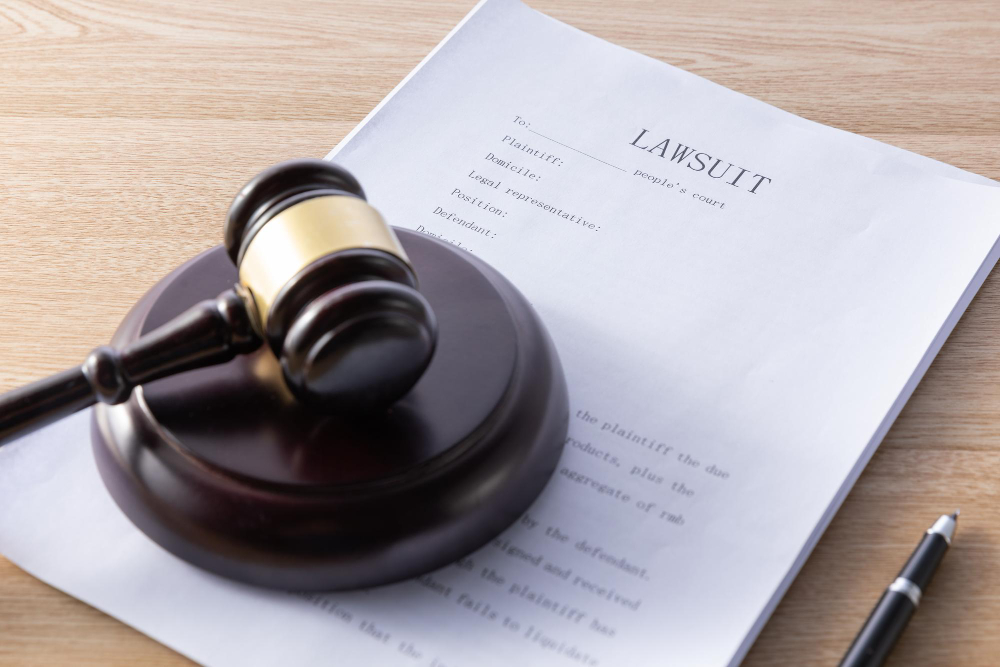Now Reading: Florida Personal Injury Laws Every Crash Victim Should Understand
-
01
Florida Personal Injury Laws Every Crash Victim Should Understand

Florida Personal Injury Laws Every Crash Victim Should Understand
You navigate the aftermath of a car crash in Florida. You may feel lost or overwhelmed. The state’s personal injury laws can seem complicated, but understanding them is crucial. These laws affect your rights. They can impact your compensation and medical care. You need to know what steps to take. You must file claims within strict time limits. Neglecting these can cost you dearly. Florida’s no-fault insurance laws mean insurance covers your injuries regardless of who caused the crash. However, severe injuries still allow you to pursue claims against at-fault drivers. You may wonder what constitutes a ‘severe’ injury or how liability is determined. The D2 Law Firm website offers a wealth of knowledge. It can guide you through these critical points. You gain clarity and control of your situation by learning these laws. You deserve to advocate for yourself and make informed decisions.
Understanding No-Fault Insurance
Florida follows a no-fault car insurance system. This means your own insurance pays for your injuries, no matter who caused the crash. You must carry Personal Injury Protection (PIP) insurance. It is a legal requirement that covers medical expenses and lost wages. Yet, it has limits. You can only claim up to $10,000 for medical and non-medical costs. This protection applies only when your injuries are not severe.
What Qualifies as a Severe Injury?
Not every injury allows you to step outside the no-fault system. To sue the at-fault driver, your injuries must be severe. Florida law defines severe injuries as those causing significant or permanent loss. This includes disfigurement, permanent injury, or significant scarring. If you meet these criteria, you can file a lawsuit against the responsible party. This process can be complex. It’s helpful to consult legal experts to understand your position.
Statute of Limitations
You have a limited time to file a lawsuit in Florida. The law sets a four-year deadline for personal injury claims. For fatal accidents, the timeline is two years. Missing these deadlines means losing your right to compensation. This makes understanding the statute of limitations crucial. Timely action can safeguard your rights.
Comparative Negligence Rule
Florida’s comparative negligence rule affects how compensation is calculated. If you share blame for the accident, your compensation reduces accordingly. For example, if you are 20% at fault, your compensation decreases by 20%. Knowing this can impact how you handle your claim. It underlines the need for accurate accident reports and evidence.
Filing an Insurance Claim
After a crash, you must file a claim with your insurance company. You should do this promptly. Provide all necessary documents and evidence. Reports, photos, and medical records support your claim. Insurers may delay or deny claims without proper documentation. Be sure to follow up regularly.
How to Protect Your Rights
- Seek medical attention immediately.
- Document all accident-related details.
- File a police report promptly.
- Consult with a legal professional.
These steps can help protect your rights and strengthen your claim.
Resources for Further Information
To understand Florida’s personal injury laws better, consult reliable sources. The Florida Highway Safety and Motor Vehicles website provides detailed information on traffic laws and insurance requirements. Additionally, you can learn more about personal injury claims and legal assistance from the Florida Bar Association.
Sample Compensation Calculation
| Scenario | Initial Claim | Fault Percentage | Adjusted Compensation |
| You are not at fault | $50,000 | 0% | $50,000 |
| You are 20% at fault | $50,000 | 20% | $40,000 |
Understanding these figures can help you set realistic expectations about compensation. Knowing the potential impact of your contributions to the accident allows you to plan more effectively.
Being informed and proactive ensures you can navigate the claims process with confidence. Use the resources available, and take steps to secure your future.










